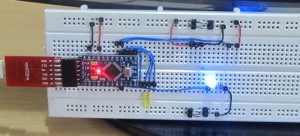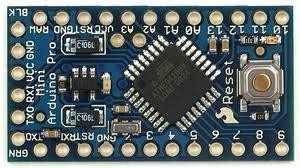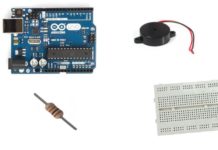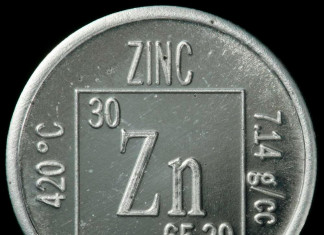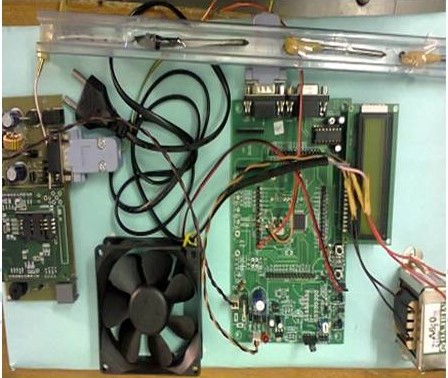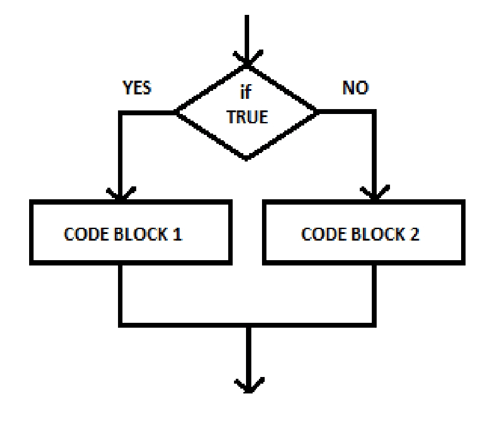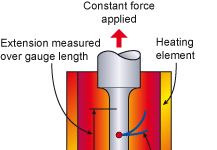How to Generate a Variable Frequency Sine Wave Using Arduino
Generating a pure sine wave has its significance especially with devices like microcontrollers which runs on digital voltages. The sine wave is referred to as the basic of all kind of waveform since the combination of sine waves can produce any required wave. In microcontroller systems the analog output like sine wave is generated with the help of digital pulses itself which are generated in such a way that their width are modulated corresponding to the amplitude variations of a sine wave.
The method of modulating the pulse width so as to generate an analog voltage is called Pulse Width Modulation technique or PWM. Most of the microcontrollers have this built-in PWM modules which enables them interface with analog circuits, control devices like DC motor etc. This project explains how it is possible to generate a variable frequency sine wave using PWM method with the help the Arduino board.
The Arduino board is built around an AVR microcontroller and it has all the required circuitary to get the built-in AVR microcontroller running. The Arduino can communicate with the other devices using its digital I/O, serial port, I2C port, SPI port etc.
The Arduino board used in this project is the Arduino pro-mini board and the IDE version of the Arduino is 1.0.3 for windows. The image of the Arduino pro-mini board and the Arduino IDE are shown below;

